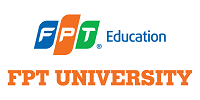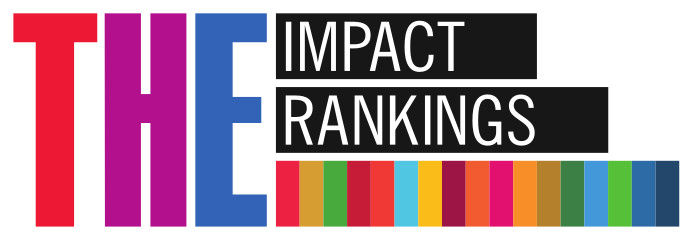As part of their Communication course, a group of Multimedia Communication students from cohort K17 carried out the campaign “Give a Chance – Create a Future”, aiming to raise awareness and promote vocational training opportunities for people with disabilities and vulnerable groups.
The campaign served as the graduation project for the Spring 2025 semester, conducted by five students from FPT University: Lai Thi Anh Tu, Nguyen Thi Yen Nhi, Dinh Ha Quynh An, Luong Hong Ngoc, and Ngo Thanh Thuy Ngan, under the supervision of lecturer Nguyen Thi Thu Hue.
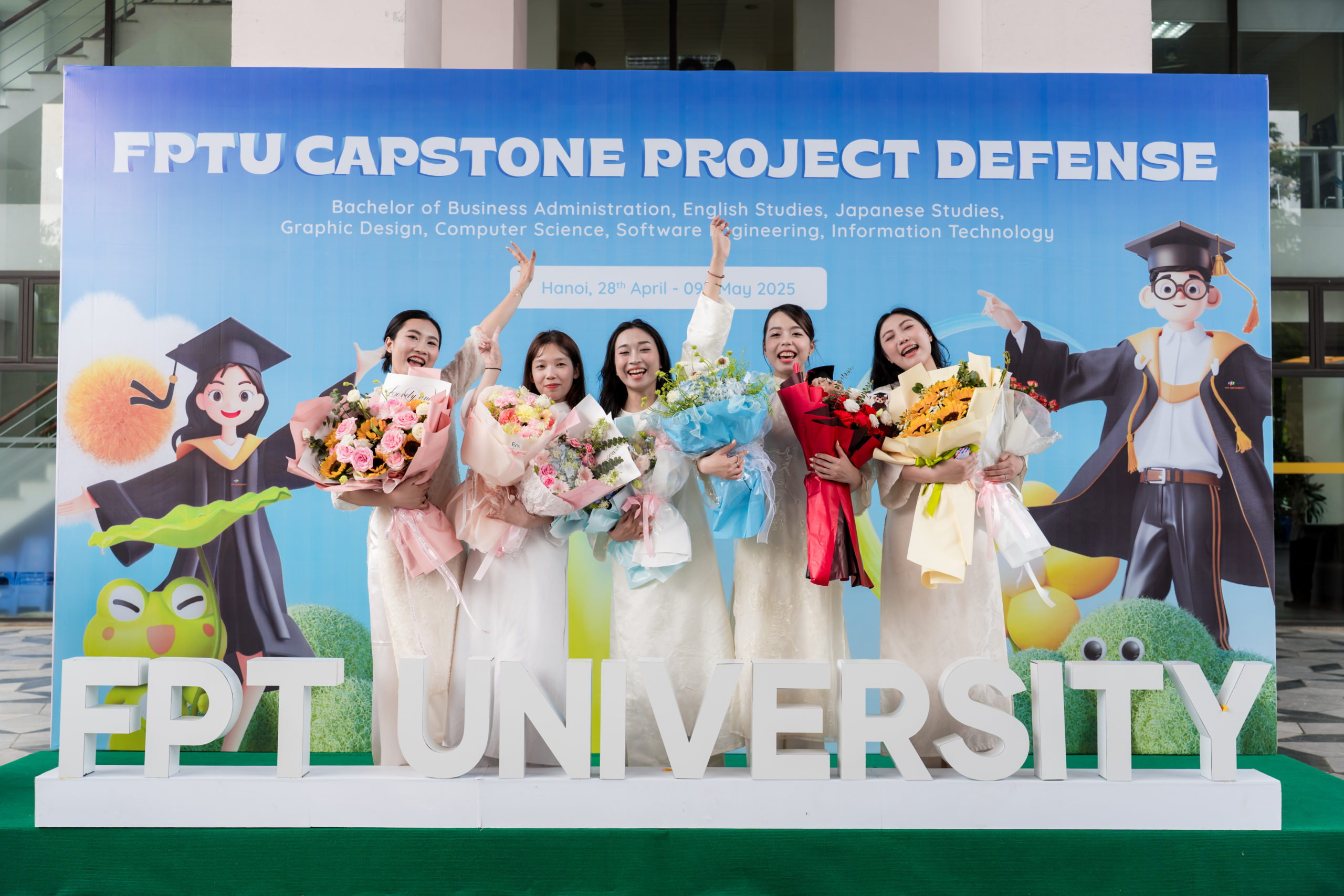 Project Members of “Give a Chance – Create a Future”
Project Members of “Give a Chance – Create a Future”
The team chose to focus their communication campaign on people with disabilities and other vulnerable groups, recognizing them as those facing significant disadvantages in the labor market. Lai Thi Anh Tu – project leader – shared:
“We spoke with many individuals with disabilities and realized they have a strong desire to work and contribute to the workforce. However, they often lack direction, foundational knowledge, and society’s trust. Through this campaign, we don’t aim to evoke sympathy. Instead, we want to promote fairness and equal opportunity for the disabled and disadvantaged community.”
To carry out the campaign, the students partnered with the Nghi Luc Song Center – an organization dedicated to supporting people with disabilities and vulnerable groups – with the goal of removing invisible barriers and enabling their integration into society, particularly in the workforce. Anh Tu expressed her hope:
“Through communication activities, we aim to expand public awareness and create fair opportunities for people with disabilities.”
To implement the campaign, Anh Tu’s team organized a series of impactful activities. During the 2025 Lunar New Year, the team hosted a “Zero-VND Tet Fair” in Hanoi, attracting over 1,500 participants from the disabled and vulnerable communities. The fair offered essential goods such as food, household items, and Tet gift sets. Each attendee received a voucher worth 500,000 VND to spend at the event. Those who were unable to attend in person could still participate via an online platform managed by the organizing committee, with delivery costs fully covered by the campaign.
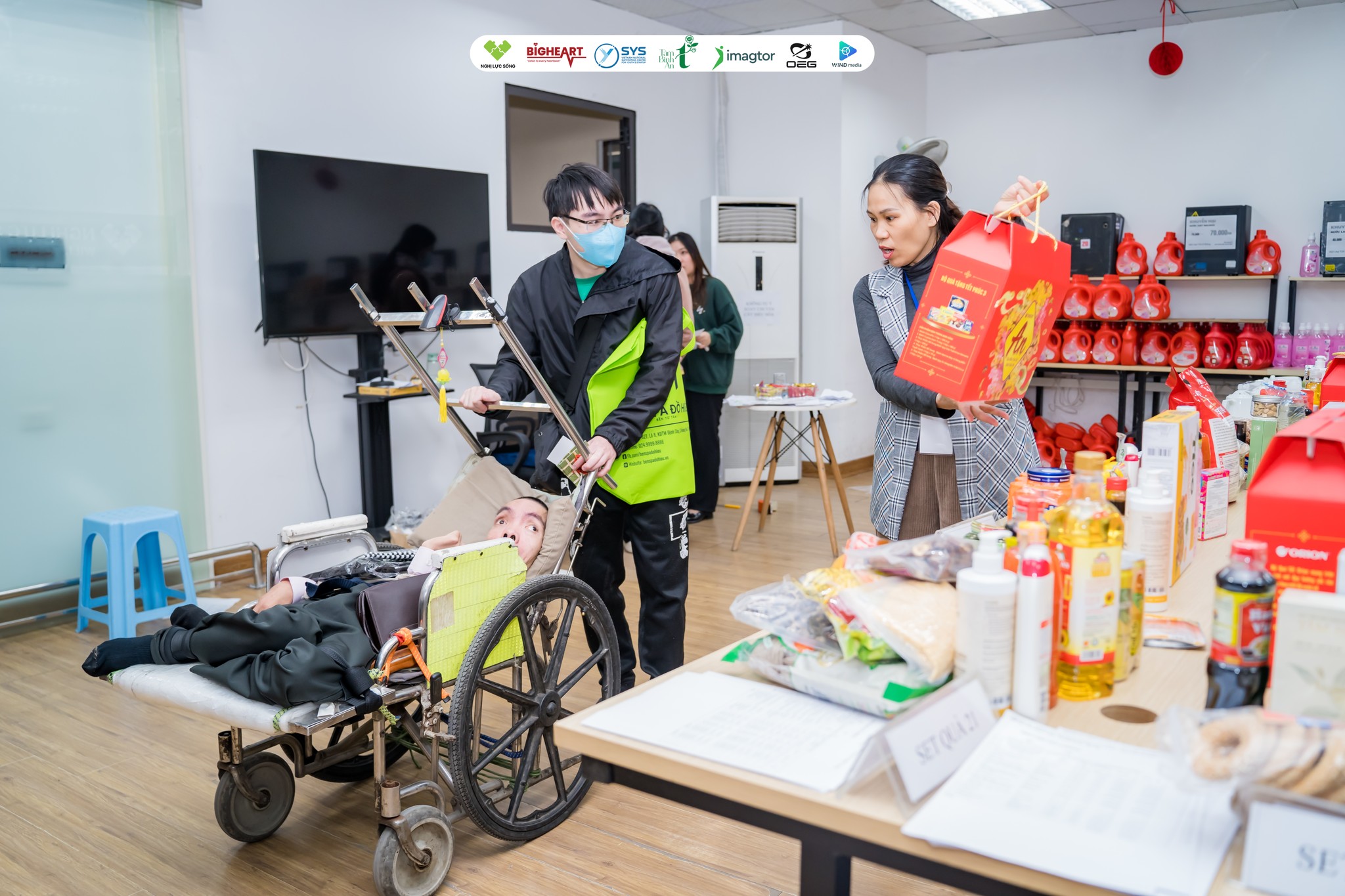 A person with disabilities shopping at the “Zero-VND Tet Fair” organized by FPT University students in collaboration with the Nghi Luc Song Center
A person with disabilities shopping at the “Zero-VND Tet Fair” organized by FPT University students in collaboration with the Nghi Luc Song Center
K17 Multimedia Communication students also collaborated with the Nghi Luc Song Center to organize free 6-month vocational training courses for people with disabilities, including those with dwarfism and other physical impairments. The program focused on emerging fields such as e-commerce, data labeling, design, and digital marketing.
Although over 300 individuals from disadvantaged backgrounds registered for the program, due to classroom space limitations, only 70 participants were officially admitted.
In addition, the team produced a music video titled “Life Gives Us” (Đời cho ta) to commemorate Vietnam Disability Day on April 18. The MV featured 184 people with disabilities and vulnerable groups, 80 students from FPT University, and hearing-impaired students from the Special Education Department of the National College of Education.
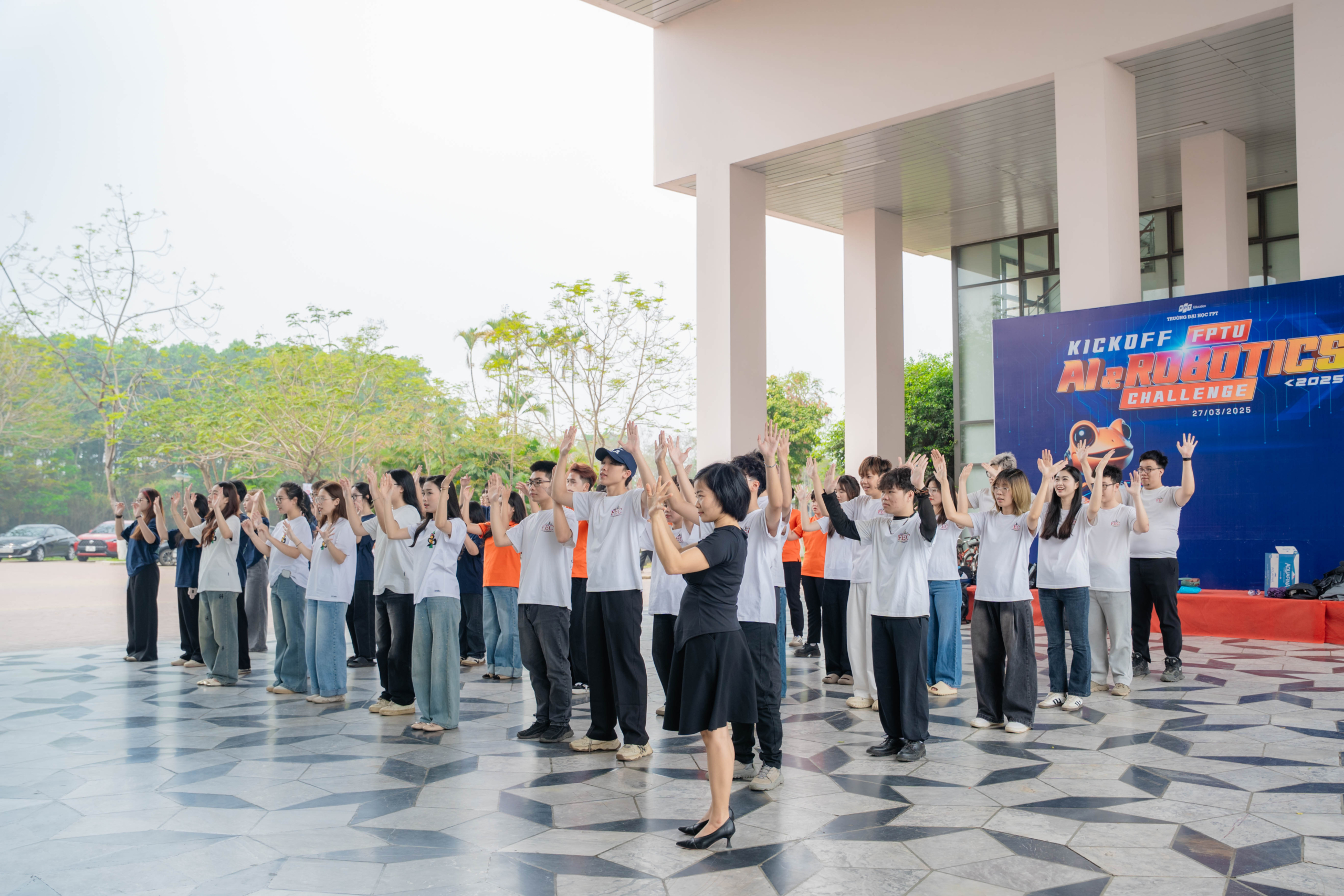 FPT University students practicing sign language for the filming of the music video “Life Gives Us”
FPT University students practicing sign language for the filming of the music video “Life Gives Us”
Ngoc Anh, a hearing-impaired student from the National College of Education who participated in the music video, shared:
“This was the first time I’ve ever taken part in such a large-scale media production. I truly felt valued and respected.”
Meanwhile, Huyen – a participant with a leg disability at the “Zero-VND Tet Fair” – expressed her gratitude to the organizers:
“I thought I would never be able to experience a Tet market like others. But that day, I ‘walked’ with all my heart and a smile on my face. Thank you for allowing me to feel like a normal person.”
Anh Tu, the team leader, shared that through the campaign, all members gained valuable lessons on how to inspire and uplift the community. She hopes that in the future, more individuals and groups will join hands to sustain and expand such initiatives, creating more opportunities for people with disabilities and vulnerable groups to receive vocational training and take part in community activities.
Thuy Anh
